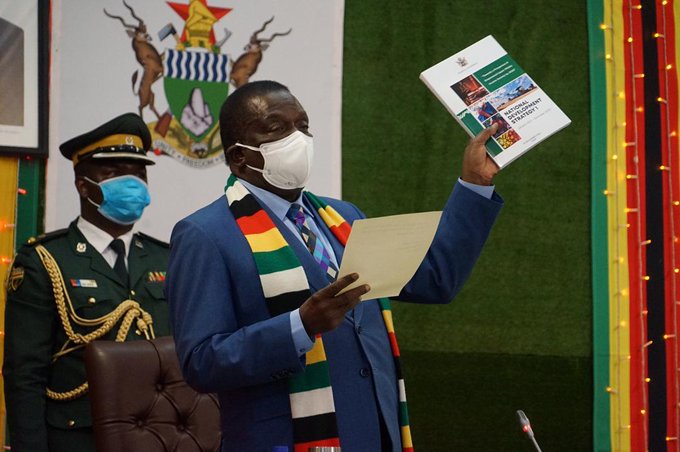Tirivanhu Kateera
Recently the World Health Organisation (WHO) released an updated global list of high burden countries for tuberculosis (TB), HIV-associated TB and multidrug/rifampicin-resistant TB (MDR/RR-TB). The new lists are for 2021–2025 and replaced those previously used between 2016 and 2020.
The list has some sweet news for our beautiful country as Zimbabwe has been removed from “The 30 high TB burden countries” due to various efforts being made by the New Dispensation despite the burden of COVID-19 which is competing for funding from the Treasury.
To the country’s sworn enemies, detractors, dark forces and pessimists, this is bad news; they will sleep putting on their shoes upon hearing this news. This is not surprising as they ever wish bad things to happen to Zimbabwe.
Other countries that also transitioned from high TB burden countries are Cambodia and the Russian Federation. Sadly Gabon, Mongolia and Uganda have joined the list of the high TB disease countries.
“WHO has officially communicated with the ministers of health of Cambodia, the Russian Federation and Zimbabwe to inform them about their country’s transition out of the list of 30 high TB burden countries and to recognize their success in reducing the burden of TB disease in recent years? Between 2015 and 2019, incidence (per 100 000 population per year) fell by an estimated 22%, 25% and 18%, respectively, in the three countries,” noted WHO.
The declassification of Zimbabwe as a high TB burden country is a great achievement and a testimony to the fact that the country has one of the most resilient health systems world-wide. This is despite the fact that the country is currently being weighed down by illegal sanctions that almost crippled most sectors of the economy if it wasn’t the wisdom of the New Dispensation to initiate a raft of measures to blunt the effects of such measures.
This fit cannot be achieved by a country in a “crisis” or a country “perforated by corruption”, this points to a country working hard to uplift its self even under illegal sanctions imposed on flimsy allegations.
It is well documented that some funds to fight TB come from donors through the Government of Zimbabwe or other development partners; the reduction in TB cases is an indicator that such funds were put to good use.
Apart from donor funds, Government is doing all it can to improve the working conditions for health workers, build new health centres and upgrade the existing facilities using locally mobilised resources under Devolution Funds.
The most encouraging part is that locally mobilised resources are sustainable; Government is in control and can make predictions as well as contingence plans thereof.
In addition, investments in health equipment such as new diagnostic technologies that includes Xpert MTB/Rif Assay, Line Probe Assay and Digital Radiology, has led to better diagnosis and treatment of TB and Drug Resistant TB. Zimbabwe has about 140 GeneXpert machines and 3 Line Probe Assay machines, while mobile trucks have been purchased to access the hard to reach areas.
The move has contributed to decentralization of TB services at primary health care facilities, to ensure that priority groups have access to services at the closest point possible.
These are also significant strides in the attainment of Vision 2030 which also entails quality and affordable health care for all.
Having said this, it is also of paramount importance to highlight the invaluable work to reduce cases being done by Village Health Workers, Headmen, Chiefs and other community leaders to encourage those under their jurisdiction to get tested for TB and to religiously adhere to treatment.
Communities have played a major role in Zimbabwe’s TB response. At least 12% of the notified TB cases were referred by the community for TB services in 2020 alone. The support groups and awareness campaigns conducted saw an increase in early referrals of presumed cases as well as providing psychosocial and treatment adherence support for patients in care.
The authorities should continue doing good work as prospects of Vision 2030 are attainable.




